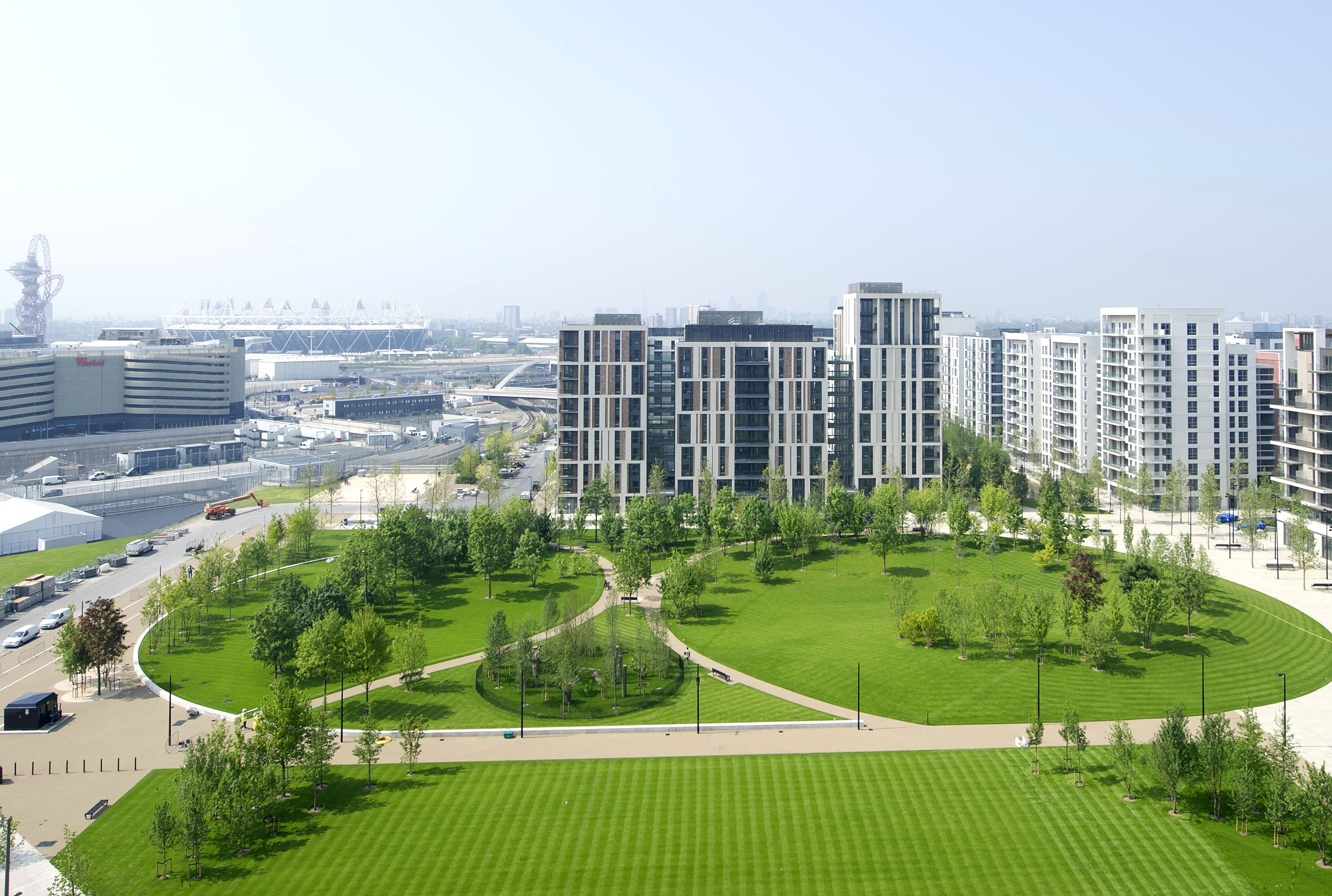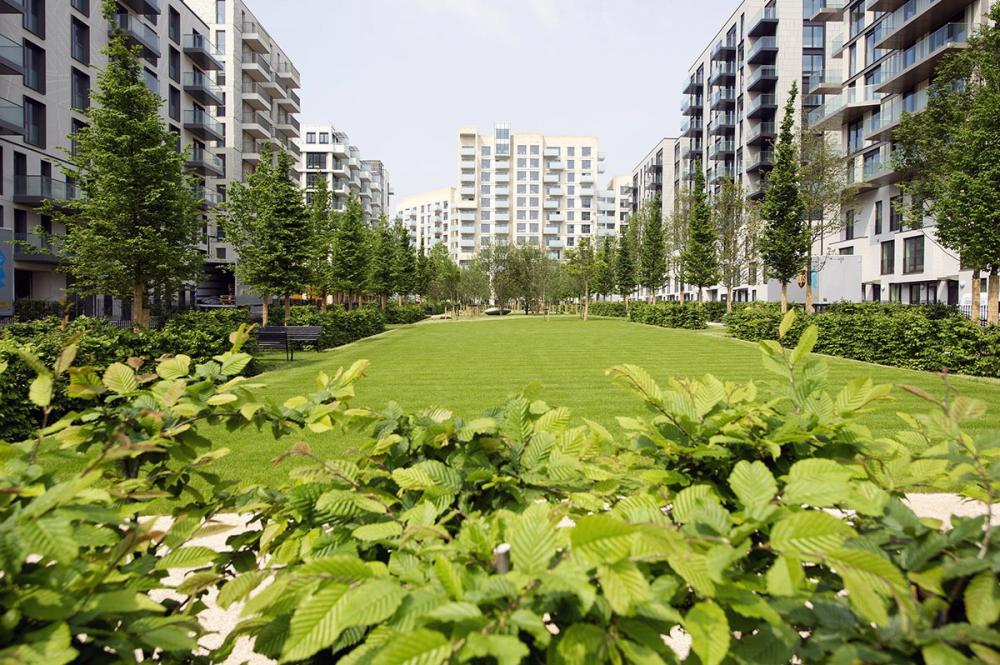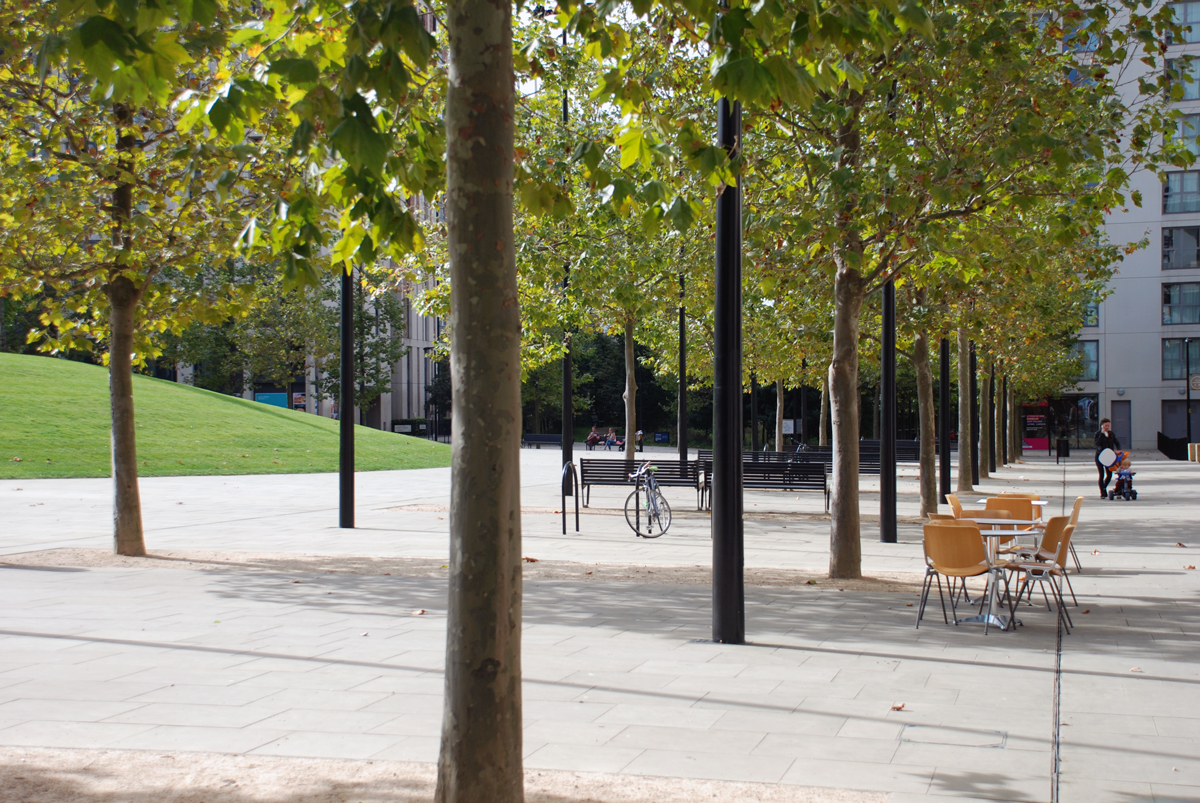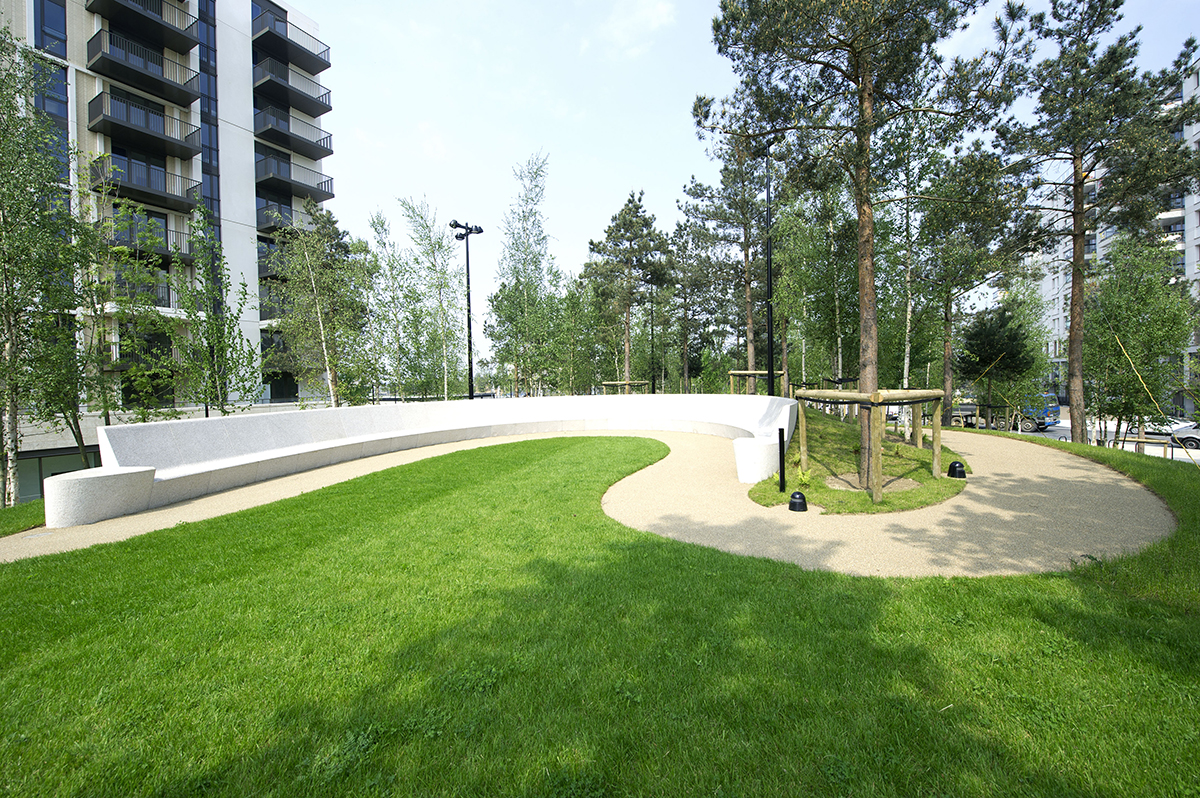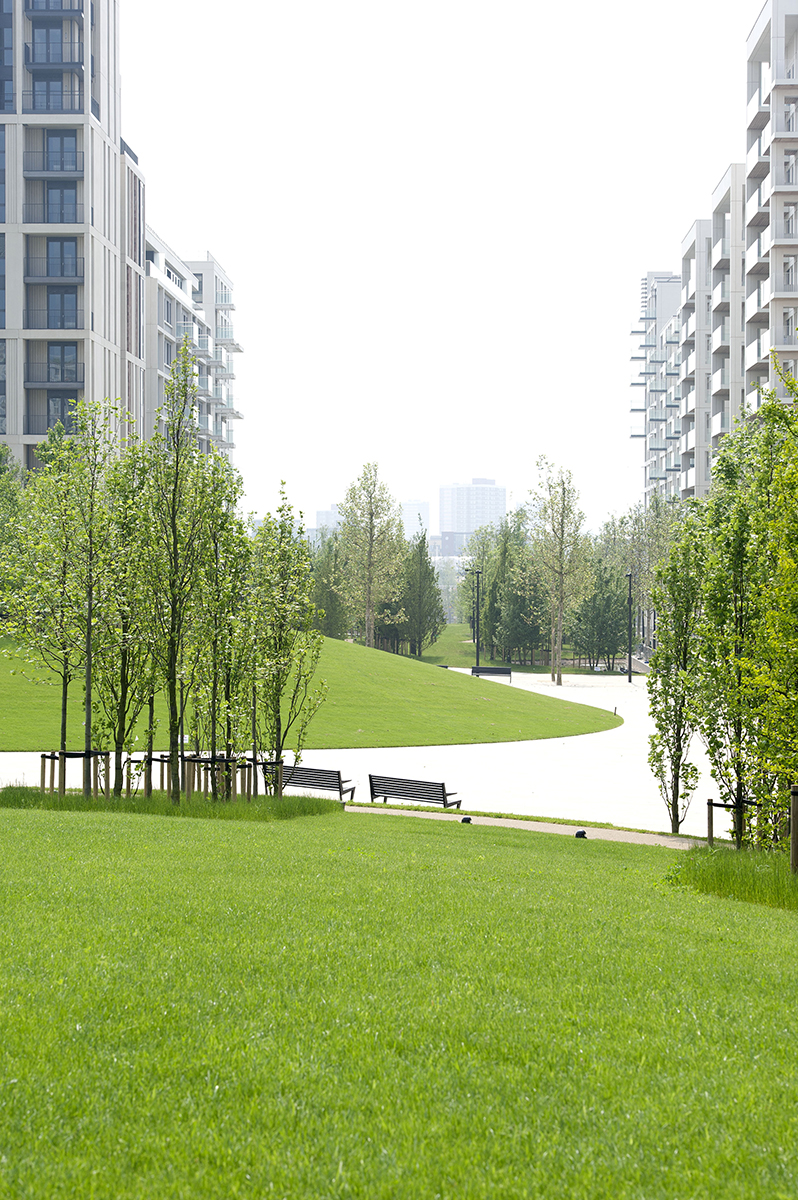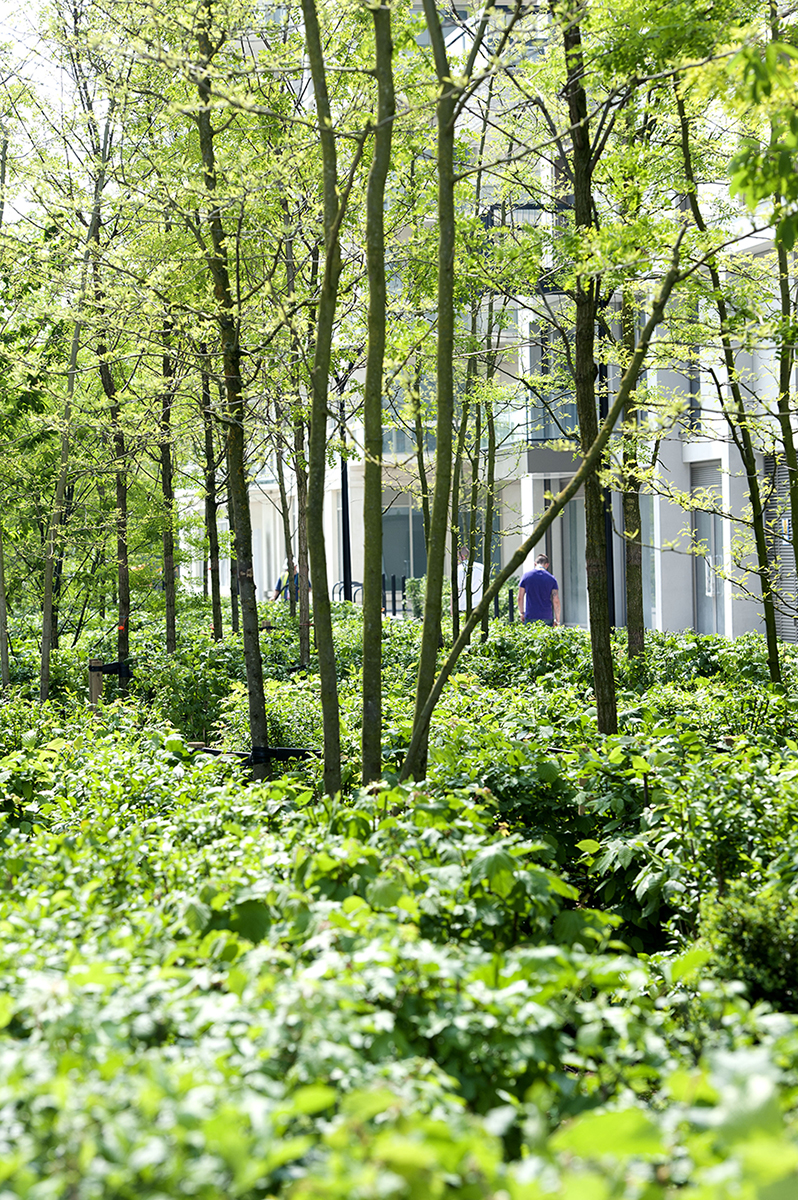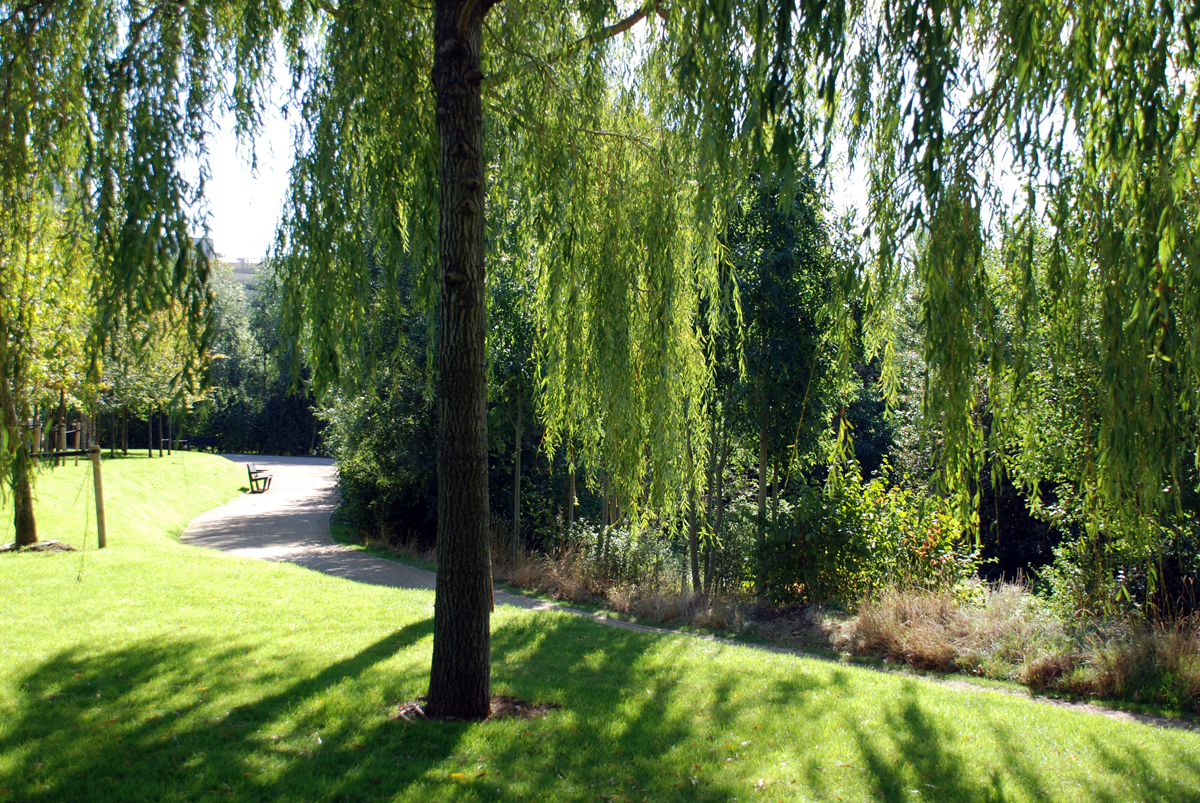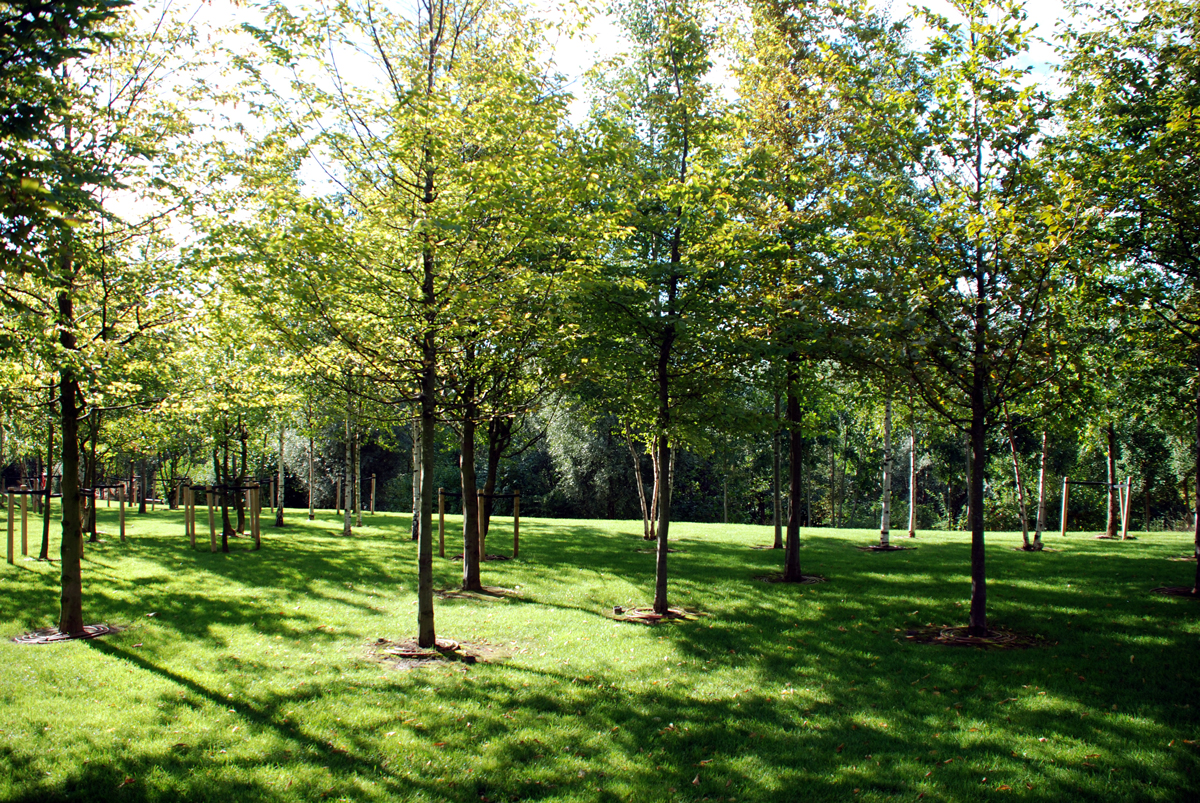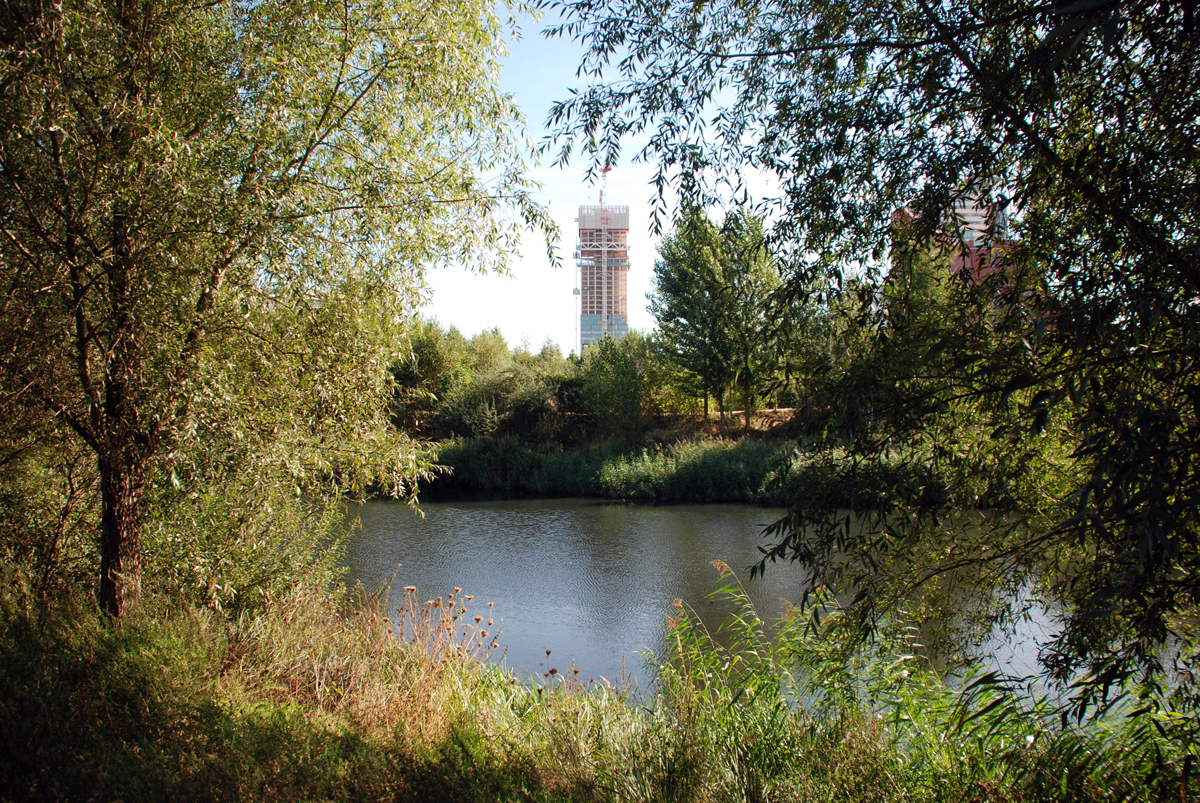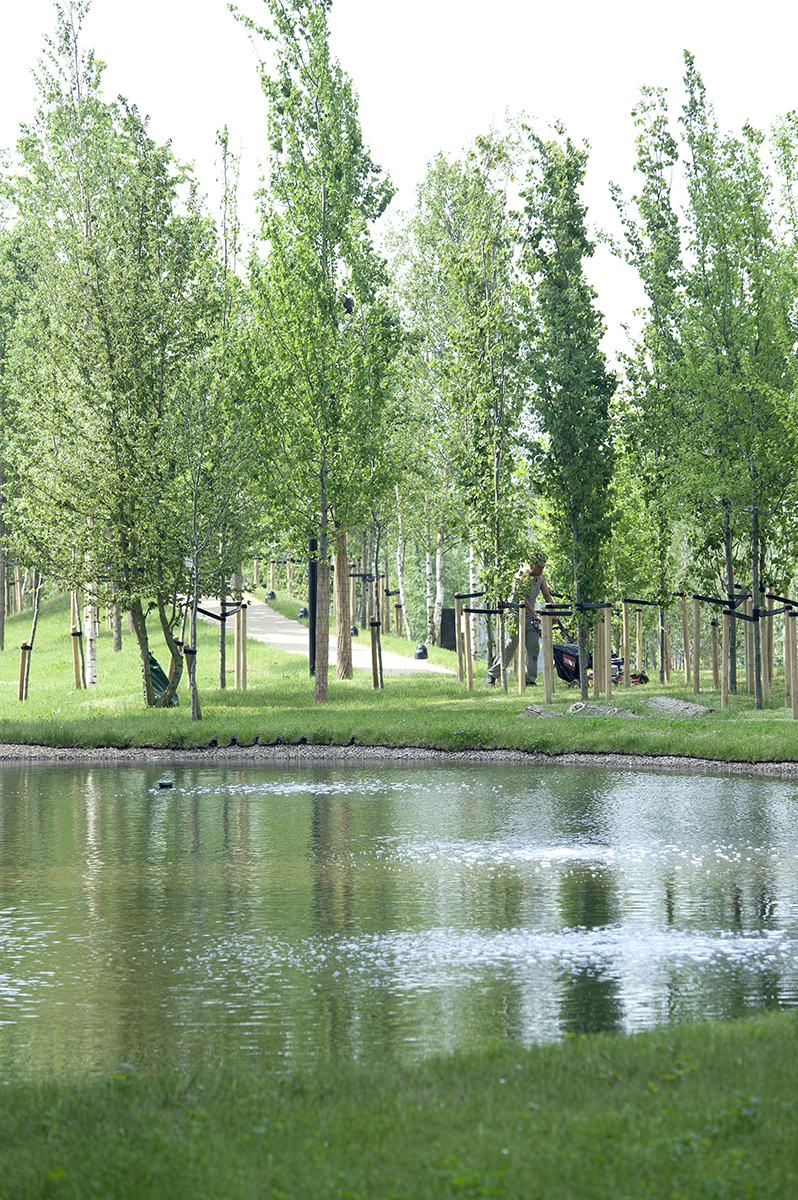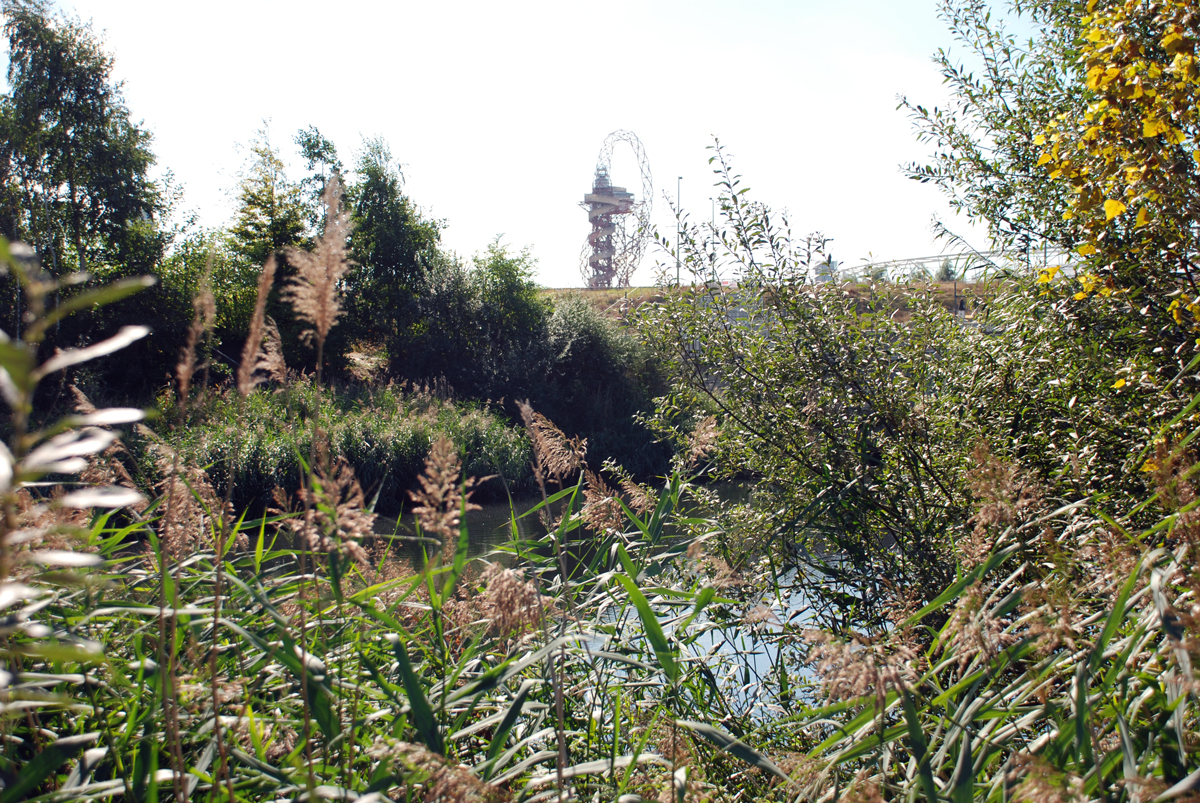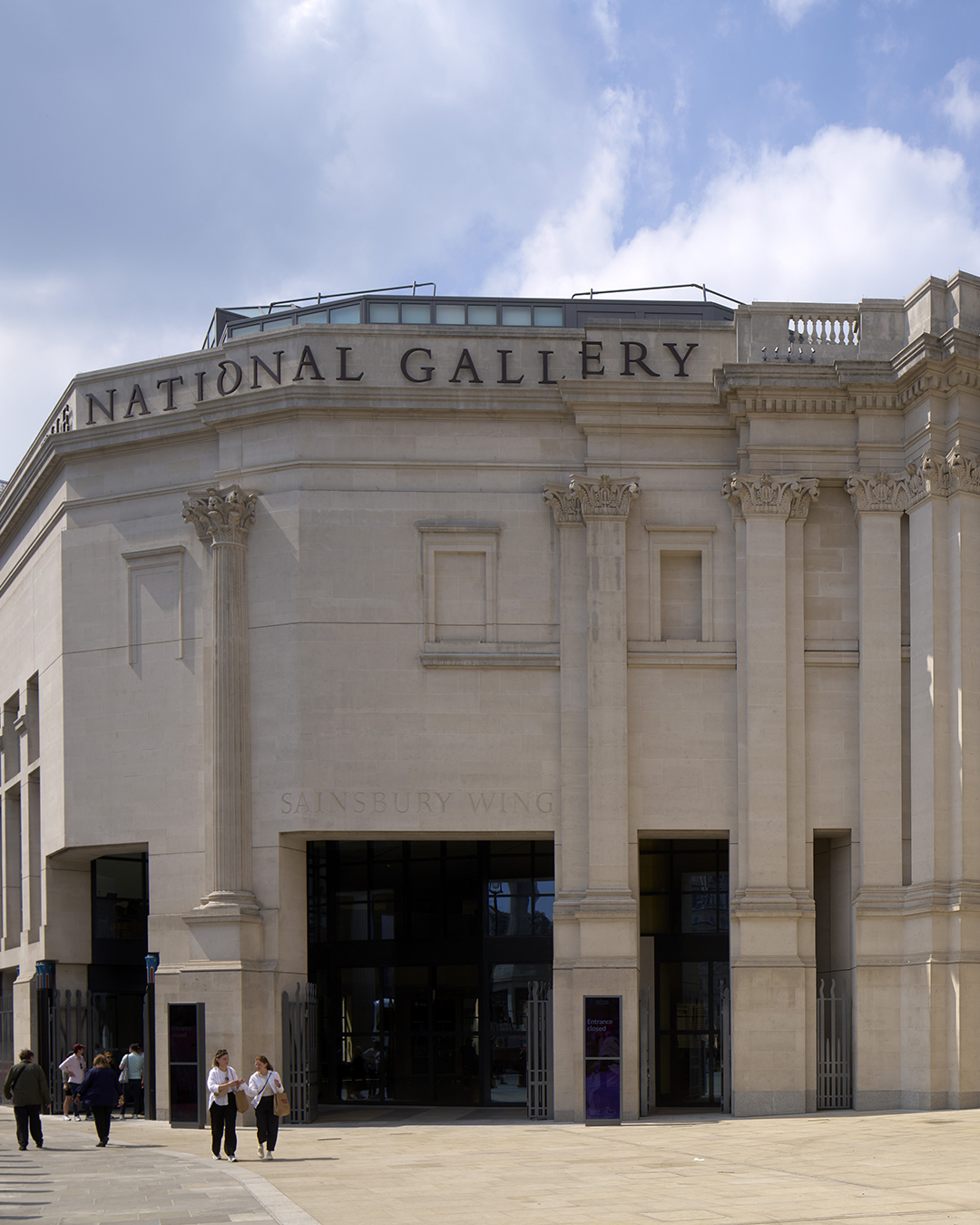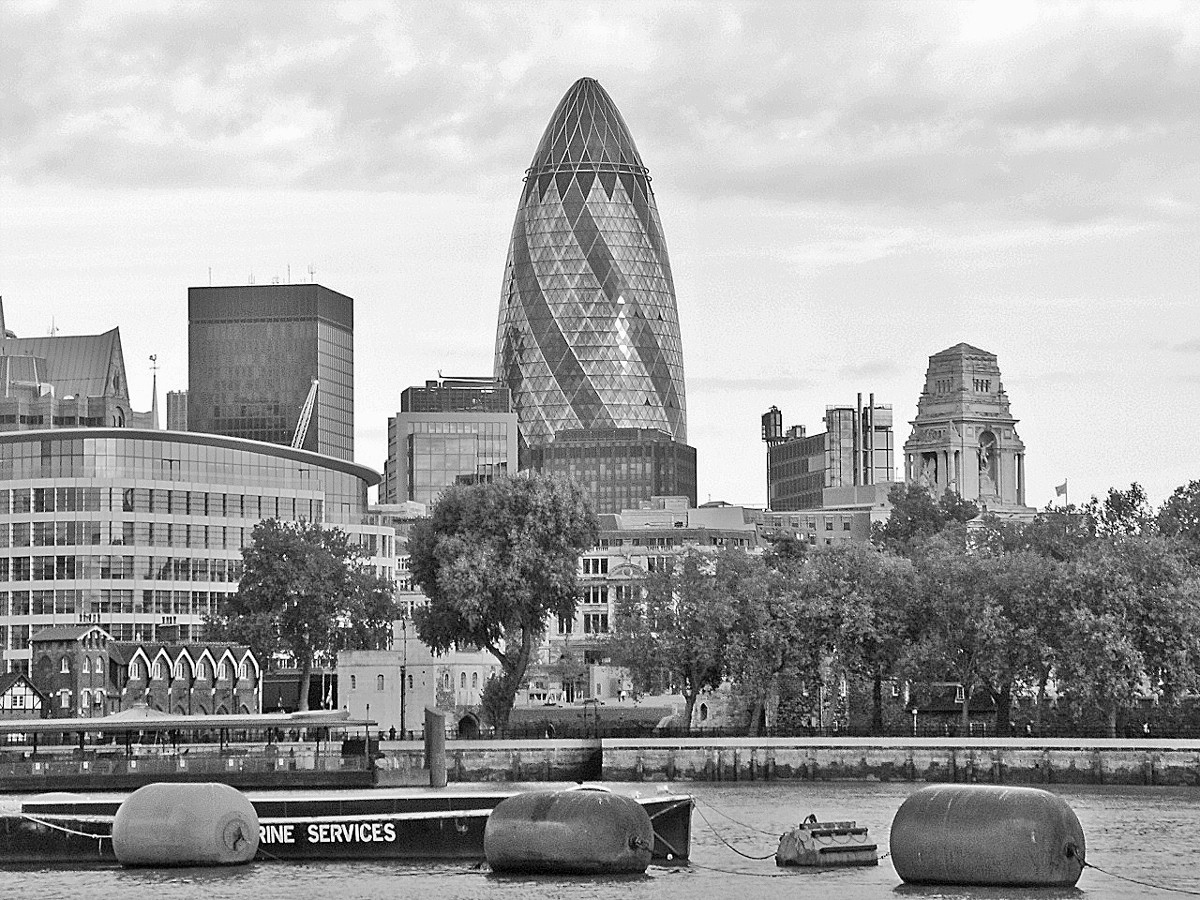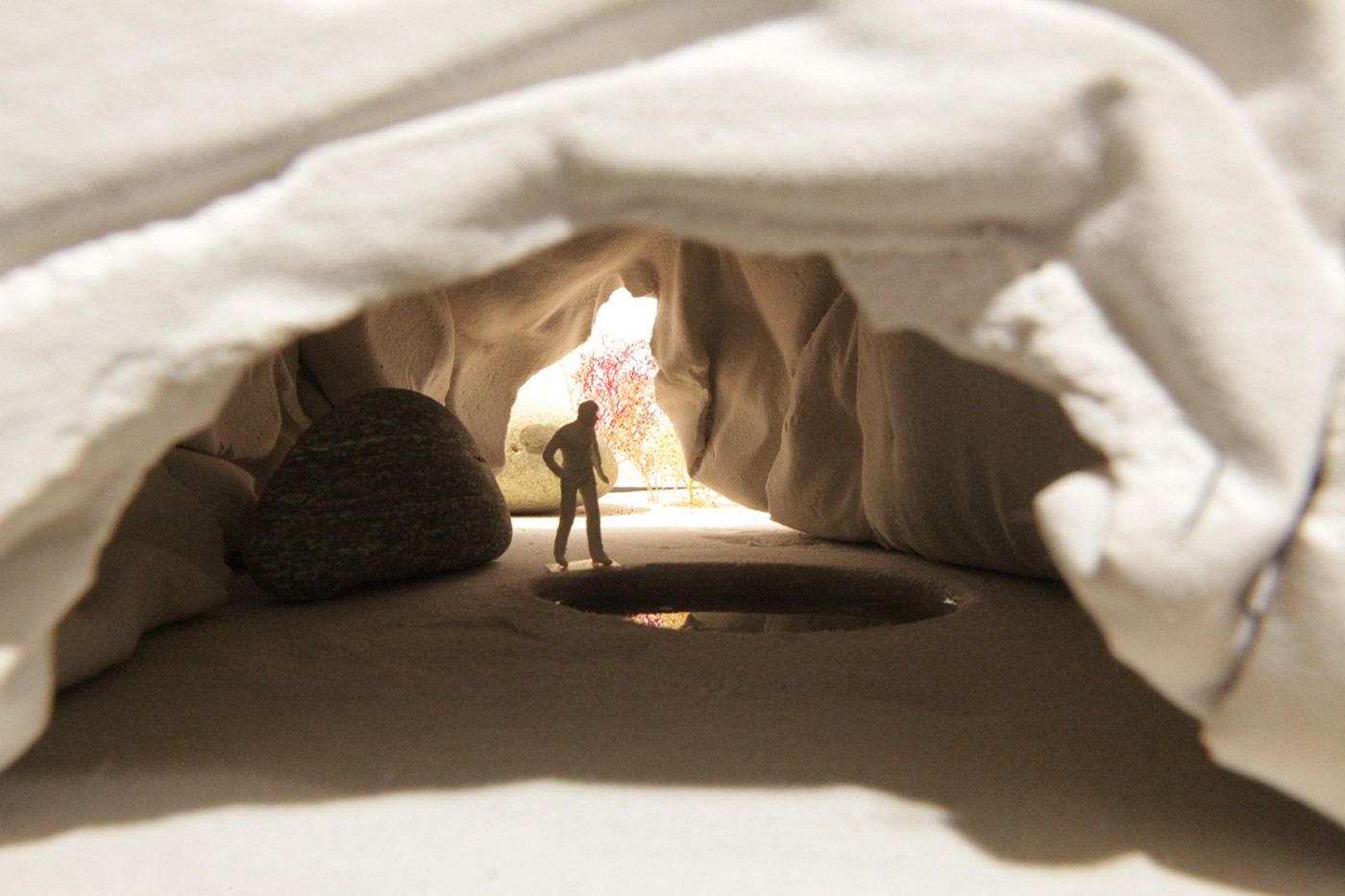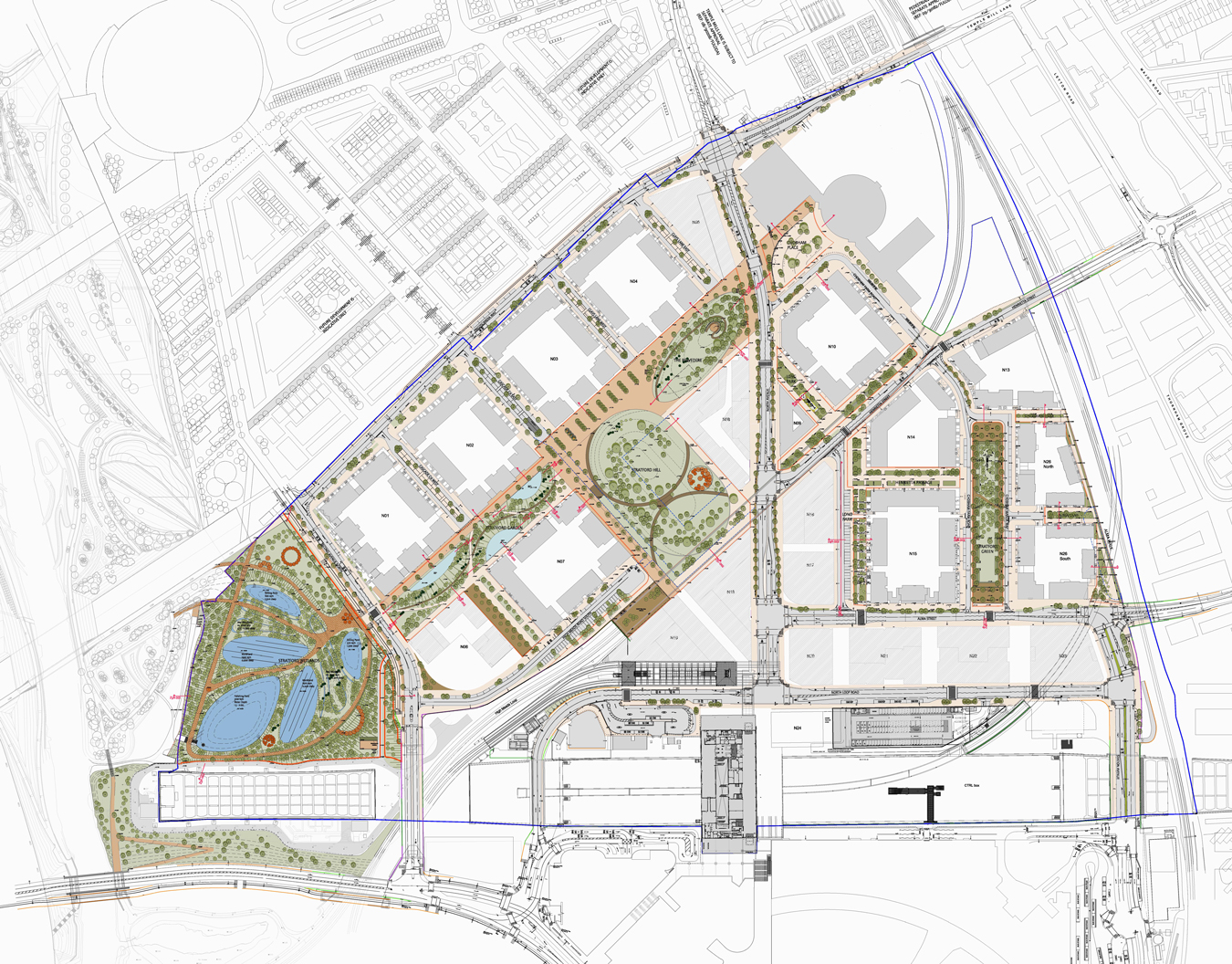
The East Village site, once served as the Athletes’ Village during the Olympic Games in 2012, has now been transformed into a legacy community integrating a mix of residential, retail, office, and educational facilities.
Situated between the River Lea to the west and the existing residential area of Leyton to the east. The natural characteristics and urban contexts of these locations have served as landscape references to inform the design of open spaces. The surrounding topography, native planting and watercourses shape the character of the public spaces, squares, and streetscape environments, creating a place of distinction. In addition to the strong connections to the surrounding context, a central aspiration of the design was to develop a landscape that references the English tradition of landscape gardens, whilst being socially inclusive, environmentally sustainable, and biodiverse.
The design concept is based on detailed analysis of the existing ecological and urban context of the project. We consider the East Village to be a strategically important development, providing a new urban and ecological landscape between the Lea River and the existing residential communities of Leyton and Stratford. The topography rises from the valley, with the landscape transitioning from anative wetland ecosystem in the west to a formal streetscape and urban environment in the east. The densely planted streetscape networks and series of open spaces of various scales have been designed to respond to the needs of a new district.
The urban landscape consists of two key elements: a central open space that is orientated east-west through the site that links the project back towards central London, and a network of streetscapes that frame the development plots and connect the project with the adjacent communities. The site is pedestrian focused, offering easy and direct access to numerous public transport options including buses, trains, and regional cycleways.
Located between the East Village residential development and the river Lea, the 4.5 ha wetland process surface water runoff from the site, slowing and filtering the water through a series of shallow water courses and ponds before discharging into the river. This landscape provides valuable habitat and amenity for space residents and visitors.
The public realm includes the planting of 3300 trees, furniture, lighting play and accessibility strategies across thirteen development plots. In close collaboration with the plot architects, ecologists and engineers, a landscape was developed that not only fosters a sense of place but also minimisesirrigation, recycles runoff water, establishes topographical variation, structural variety, and linkshabitat areas through the extensive use of native and naturalised vegetation.


